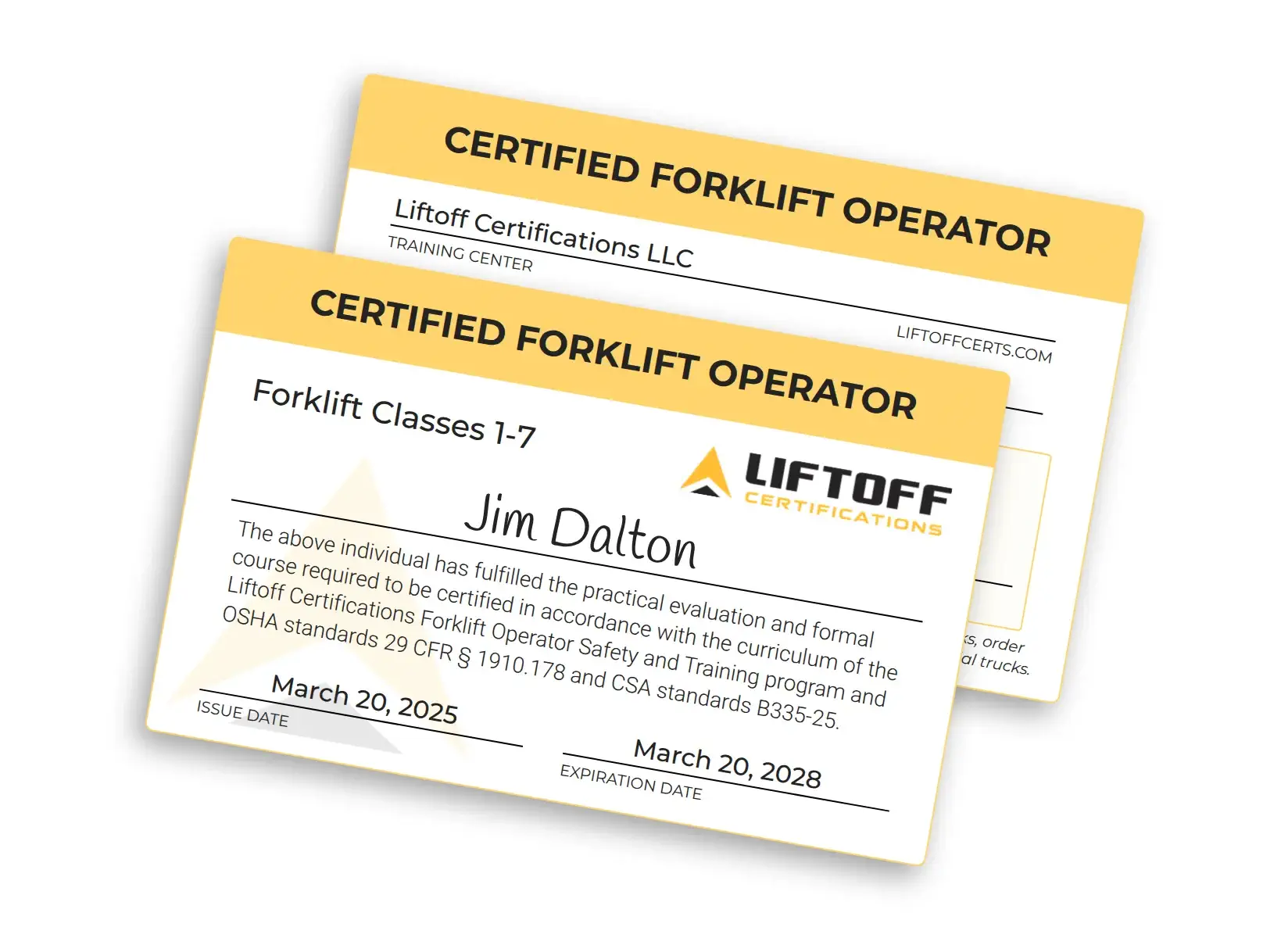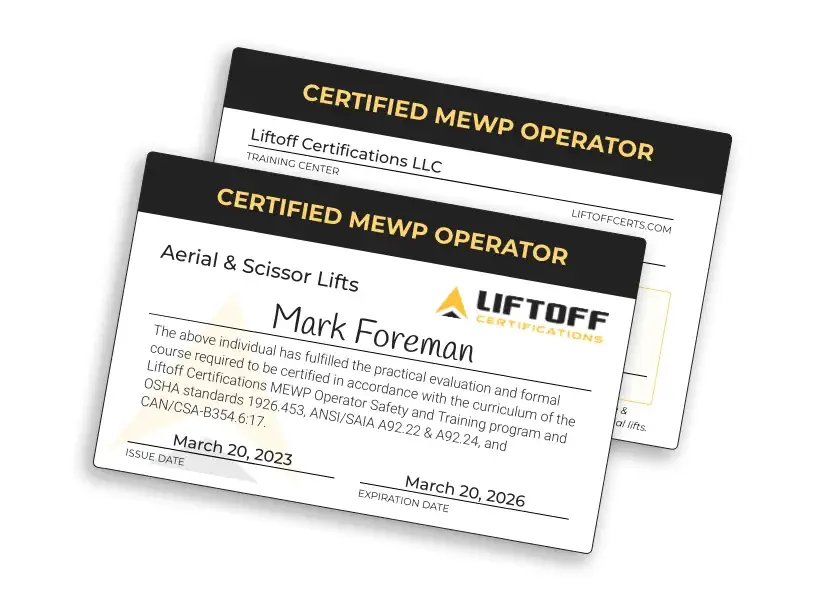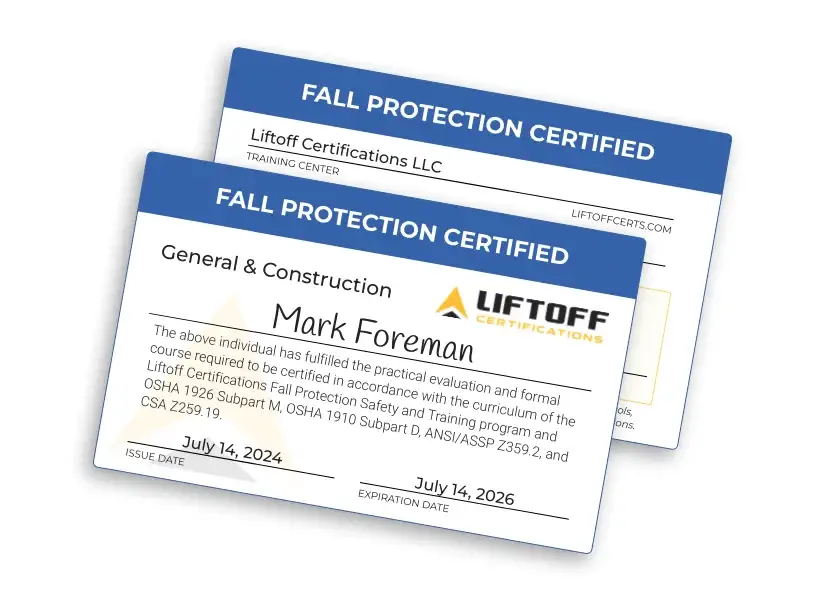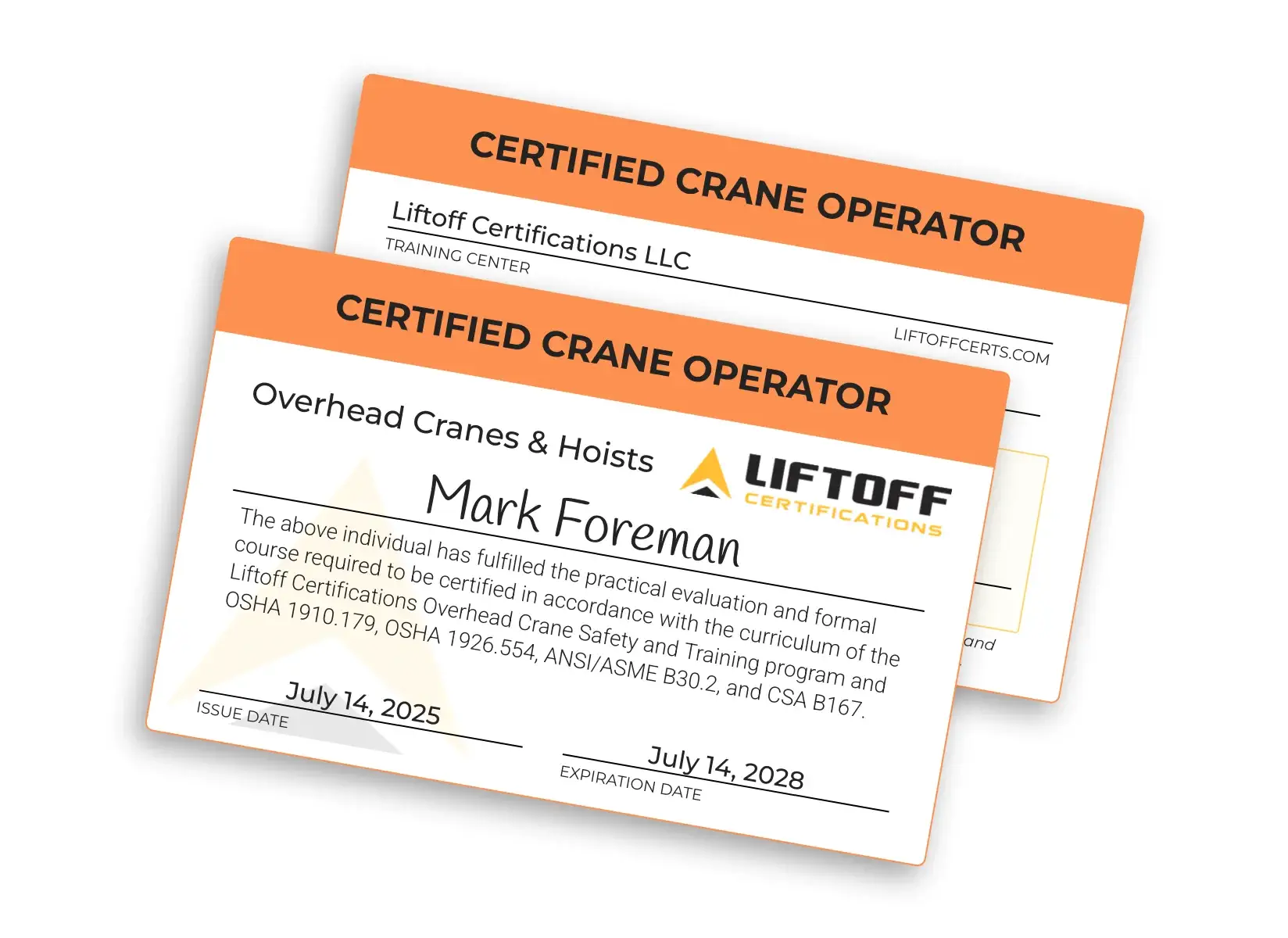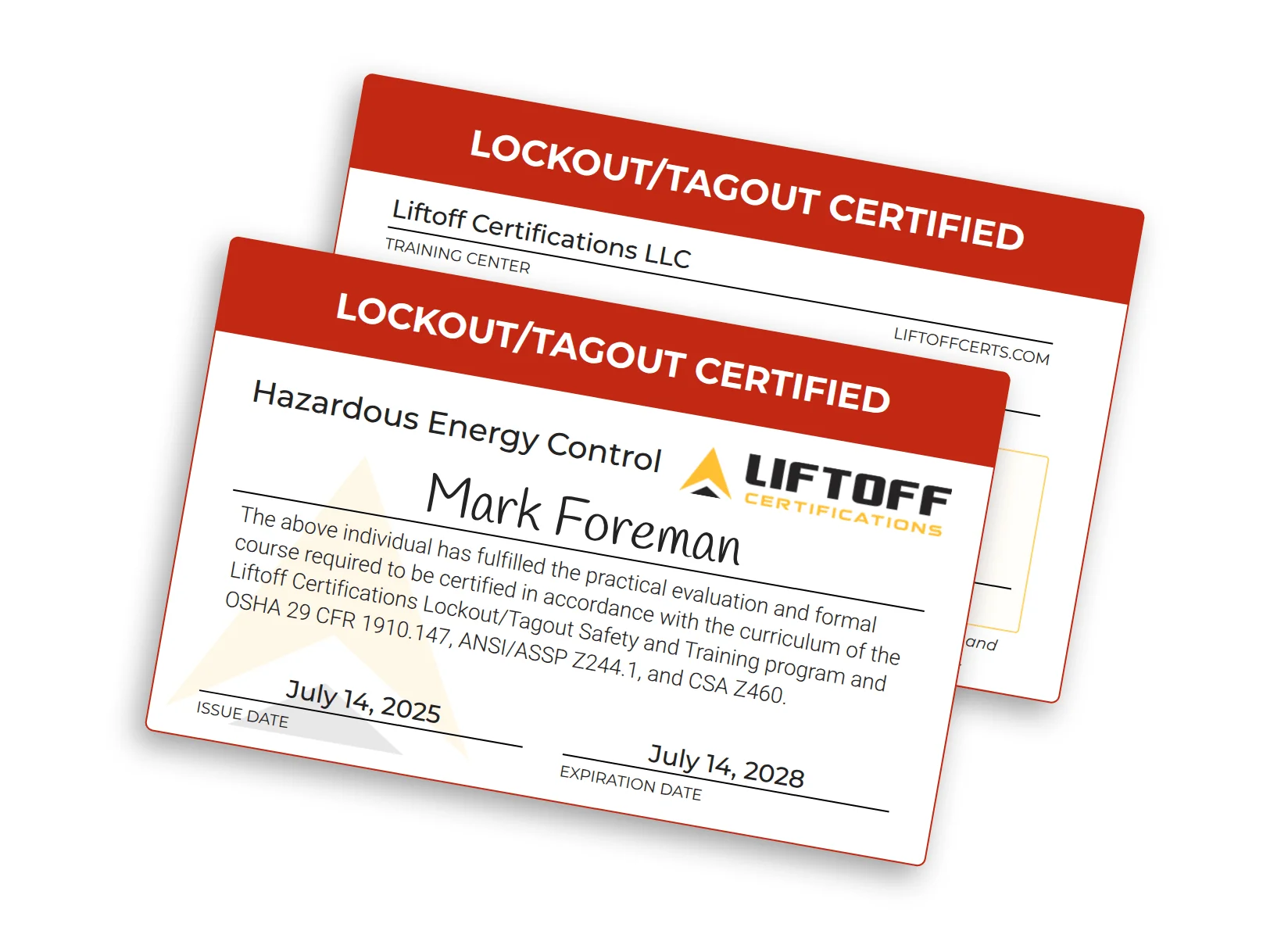OSHA COVID-19 Guidance for Forklift Operators and Employers
As companies begin to slowly get back to business, OSHA and the CDC (Center for Disease Control) have provided guidance to employers and their employees.
With so much new information coming out every day, it’s important to stay on-top of the latest recommendations. That’s why we compiled this easy to digest briefing on recommendations to keep employees safe during these turbulent times.
First, let’s walk through what we know about COVID-19.
What Exactly is COVID-19?
COVID-19 is a novel coronavirus, which means that it is a new coronavirus. Coronaviruses already spread among humans, causing mild illnesses like the common cold.
COVID-19 is specifically caused by the SARS-CoV-2 virus and is considered a respiratory disease. Although the world at large is learning more each day about the virus, it’s important to note that much is still unknown about COVID-19.
Based on the current research, it appears that older adults and people of any age with a serious underlying medical condition may be at higher risk for severe illness.
How is the Virus Spreading?
The virus is thought to spread mainly from person-to-person via respiratory droplets produced when an infected person coughs or sneezes. When people are within close contact (typically around 6-feet) those droplets can make there way into the mouth or nose and subsequently into the lungs.
There is currently no evidence to support the idea that COVID-19 is spread through food or touching surfaces, however it is still recommended to wash your hands regularly throughout the day.
The Symptoms and Complications COVID-19 Can Cause.
Symptoms for COVID-19 tend to be similar to those of influenza (the flu), however there are some exceptions.
The symptoms below typically appear 2-14 days after exposure of the virus:
- Fever or chills
- Cough
- Shortness of breath or difficulty breathing
- Fatigue
- Muscle or body aches
- Headache
- New loss of taste or smell
- Sore throat
- Congestion or runny nose
- Nausea or vomiting
- Diarrhea
With a seasonal flu infection, you will typically see symptoms such as: fever, cough, headache, runny nose, and muscle aches.
It is possible to be infected and show no signs. These are referred to as asymptomatic cases.
If you present one or more symptoms from the list above, you may be infected with COVID-19.
When to Get Tested for COVID-19
It’s important to note that just because you show symptoms does not mean that you need to be tested for COVID-19.
There are two kinds of tests that can be administered: viral test (checks for current infection) and antibody test (checks for previous infection). It currently is not known whether people who recover from COVID-19 can become infected again.
To know whether you need to be tested or not, always consult your healthcare provider.
For the latest from the CDC, please visit https://www.cdc.gov/coronavirus/2019-ncov/index.html
CDC/OSHA – Reducing Risk
Both the CDC (Centers for Disease Control and Prevention) and OSHA have released guidance for employees and businesses. This section will focus on how employees can keep themselves and others safe while working.
The first and most important step is to reach out to your employer or potential employer to see what their policies and procedures are for ensuring a safe environment for you to work.
Exposure Risk Levels
OSHA has established exposure risk levels based on the risk associated with a job’s function.
- High – frequent exposure to potentially infected people
- Example: support staff for healthcare companies and mortuaries
- Medium – frequent exposure with the public, but not necessarily potentially infected people
- Example: Airline flight attendant
- Lower Risk (Caution) – little to no exposure with the public or potentially infected people
- Example: Forklift operator
Stopping the Spread
Recommendations from the CDC are changing from week-to-week, however they have established a basic list that employees can follow to keep themselves and their colleagues safe.
Keep a safe distance
The CDC recommends keeping a distance of at least 6-feet between yourself and the people around you. If you must be within that 6-foot distance, it’s recommended to reduce the duration of contact.
Wash hands often
Wash your hands often and thoroughly with soap and water. If soap and water are not present, use a hand sanitizer with at least 60% alcohol.
Avoid touching your face, including your eyes, nose, mouth, until you have thoroughly washed your hands.
Stay home if sick
Your employer should have a policy on taking sick days for COVID-19, however if you are symptomatic, the CDC and OSHA urge you to stay home.
Cover your mouth
When sneezing or coughing, cover your mouth. This is especially necessary if you are not wearing PPE.
Encourage others
Encourage your fellow employees to follow the policies and procedures, as well as self-monitor for signs and symptoms of COVID-19
Using PPE
PPE (Personal Protective Equipment) can help you maintain a barrier between your body and outside elements, considerably reducing your exposure risk.
Again, it is highly recommended that you consult with your employer on their policy, however below are the most common PPE you may be required or encouraged to use:
- Face Mask / Respirator
- Gloves
- Goggles
- Face Shields
Depending on your role, your geographic location, and your employer, you may be asked to wear one or all of the PPE listed above.
Always inspect your PPE to ensure it is in working order and if you are unsure how to properly wear the PPE, reach out to your supervisor.
Once you remove your PPE, always wash your hands thoroughly.
Get Forklift, MEWP & Fall Protection Certified Today with Liftoff Certifications
Liftoff Certifications offers some of the industry’s most affordable Forklift Operator, MEWP (Boom & Scissor Lift) Operator, and Fall Protection Certification and Recertification courses and is the gold standard for online OSHA training.
If you are ready to give an online forklift certification or recertification a try, get signed up today for our OSHA Forklift Operator Training.
For our MEWP (Boom & Scissor Lift) training, get signed up today for the OSHA MEWP Operator Training.
And for Fall Protection, get registered for by clicking here for the OSHA Fall Protection Training.
We’ve got you covered with a 100% money back guarantee and we guarantee national acceptance of our OSHA certification.
